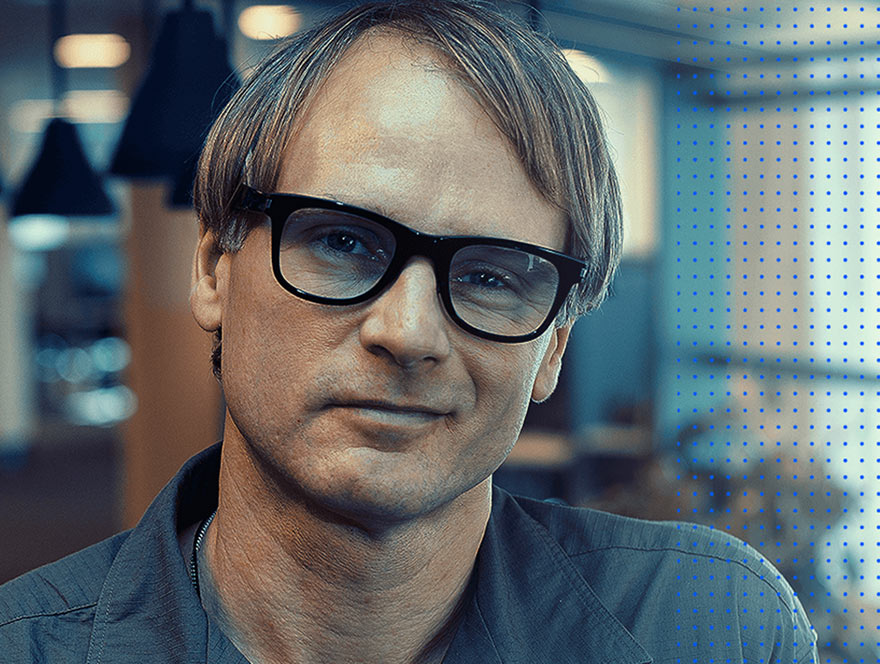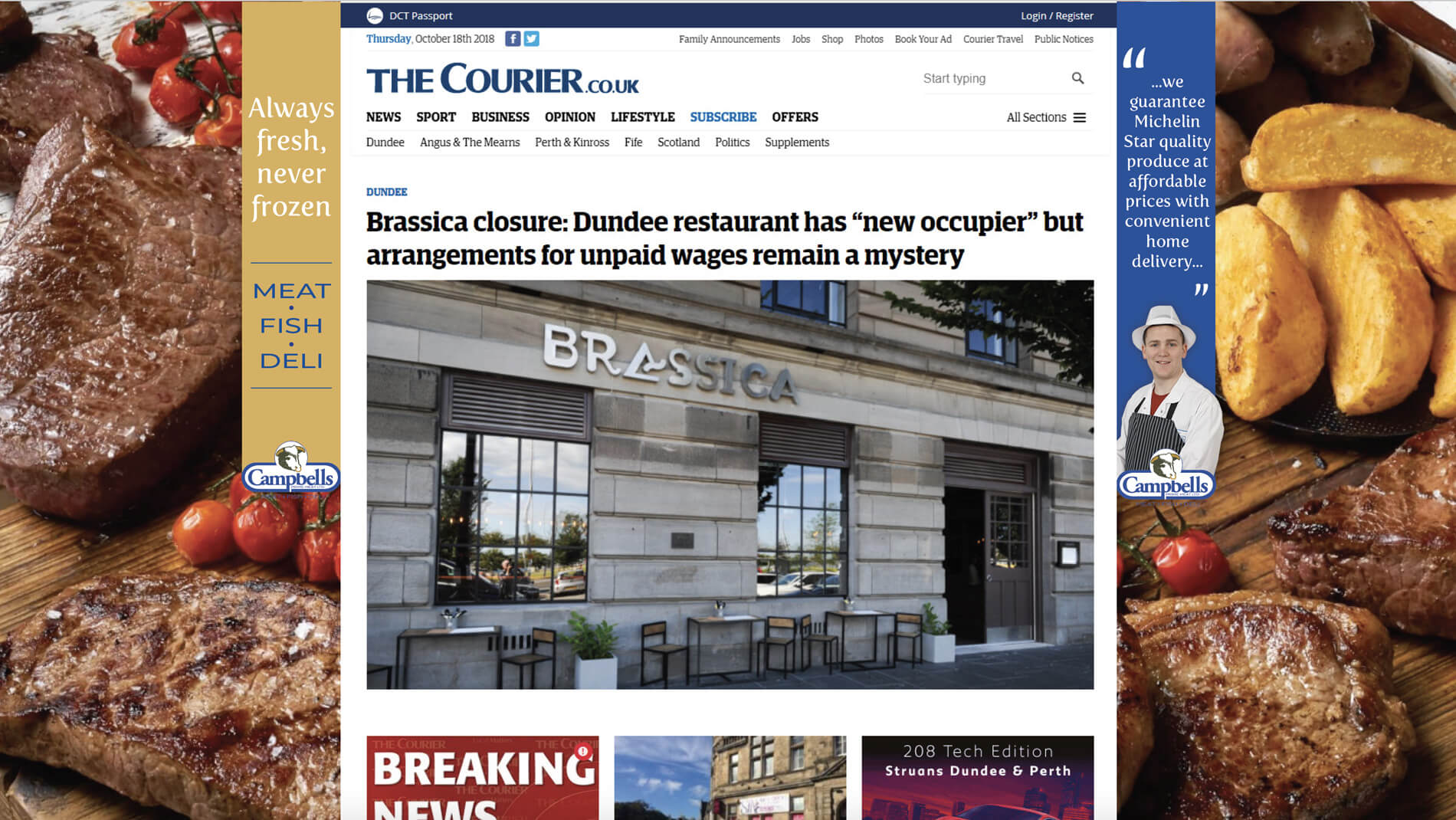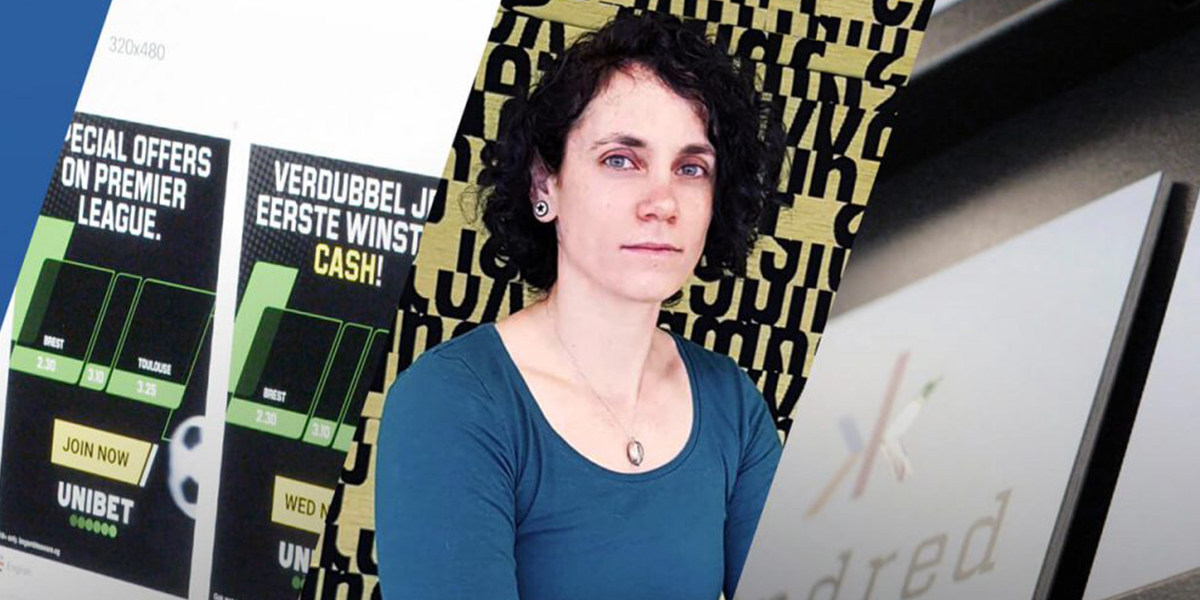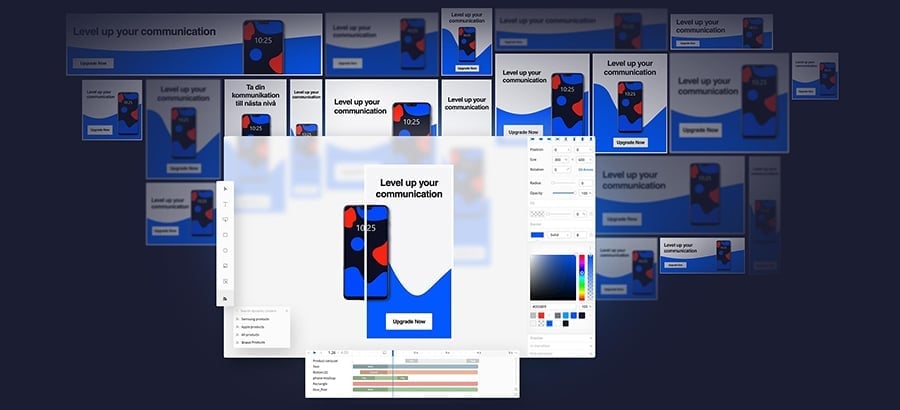
How DC Thomson Media achieve creativity in display advertising
In this article, we highlight how DC Thomson Media achieve continuity and creativity across multiple brands. Plus, put a spotlight on some of their more innovative campaigns with Inverness Travel and Campbells Meats.
DC Thomson Media is one of the leading media organisations in the UK. They publish newspapers, magazines and have recently diversified into new media, digital technology, retail and television interests. Their designers work to produce exceptional display advertising for numerous clients across their publications.
We spoke to Graphic Designers Louise Barrie and Graham Jacobs to see how they work within the Bannerflow platform to produce such creative advertising.

How does DC Thomson Media work with Bannerflow?
Louise Barrie, Graphic Designer: We work with Bannerflow when customers approach us wanting a more creative display campaign. A lot of the companies we work with use static images, so when we get to experiment with animation and different elements it makes the job a lot more creative.
Graham Jacobs, Graphic Designer: Working with Bannerflow is mutually beneficial for both us and the customers. We get to move beyond simple photoshop GIFs and make something more creative and interactive. As an end result, the customers get something more exciting.
What was the purpose of the Inverness Travel and Campbells Prime Meats campaigns and how did this translate into design challenges?
Graham Jacobs: For Inverness travel, we had three different ideas, each using different HTML5 interactive or attention-grabbing elements. We really wanted to inspire wanderlust with these banners!
The Mauritius boarding pass banner grabs attention through a typing animation in the banner. While, for the Las Vegas banner, we wanted to be simple and classy, so we used a credit card idea and a sheen animation. Finally, for the last campaign, we used an interactive slider, which showed the contrast between two locations. It was a really powerful interactive element!
Louise Barrie: For Campbells, the purpose was to have continuity between the print and online campaigns. Everything needed to come together as one in the consumer’s mind. I used HTML5 banner animations to provide the necessary information about what Campbells sell and how they deliver products right to your door.
The banners were used to convey two different components of the Campbells brand: the different types of meat products they offered and their Gourmet Club, which customers can join. These were essentially two different messages but had to work cohesively in terms of aesthetics, as well as mimicking their website information.
Can you describe some of the technical details of this particular banner set?
Graham Jacobs: We used supplied Inverness Travel imagery, plus stock images to contrast the sunny vacation pictures in the slider banner. For each of the campaigns, we used a variety of rich media widgets: shine, transitional, sliders, and zoom in.
Louise Barrie: For Campbells, I went for a simpler approach with a lot of sliding movements and a pulse effect. I wanted to keep these ads easy on the eye so it was very important that they had a natural flow. Whether it’s all singing and dancing banners or simple and effective ads – Bannerflow really excels in both.
When working on the design process which other tools, beyond Bannerflow, do you use?
Louise Barrie: We use a range of tools alongside Bannerflow and it really depends on the effect we want to create: After Effects, Premiere Pro, InDesign Photoshop, Illustrator, and sometimes even paper and pen! It all really just depends on the type of job we are working on and the time scale.
Were the assets for this banner custom built exclusively for the ad campaign or were they part of a bigger media campaign?
Louise Barrie: The whole purpose of this campaign for Campbells was continuity. Every element built within Bannerflow was sourced from their website and brand assets so as to keep the consistency – while adding a touch of creativity.
Previously, I’ve worked on campaigns where we have created videos in After Effects and added these into our display ads using Bannerflow.
Graham Jacobs: The Inverness travel campaign was very much about making a digital campaign as bold and captivating as possible. The banners were served across digital publications such as the Evening Express and other press sites.

What is it about the Bannerflow platform that makes designing ads smoother?
Graham Jacobs: Bannerflow does a really good job of tidying the whole process up. Instead of having millions of files in different places, everything is stored neatly in one platform. The rich media widgets save a lot of time when it comes to animating HTML5 elements and layering an ad together.
Plus, at times when I’ve reached out to Customer Success to ask how to do something or for a particular feature, they’ve been really quick and helpful in their response – it makes a real difference.
Louise Barrie: It makes it much simpler for those who are not experts in video editing to produce effective and creative display ads. I believe any Designer can pick up Bannerflow easily and understand it on their first use.
Since you started using Bannerflow, where have you seen the most radical shifts in how you work?
Graham Jacobs: Before Bannerflow, our banners were quite simple. Using the platform, you can dive straight in and produce creative ads really quickly and easily. In contrast, animated GIFs are a lot harder to produce in Photoshop and they can end up looking a bit clunkier.
Louise Barrie: Working with Google Adwords, Display Advertising was a lot harder and much more complicated. It’s been really easy to pick-up how Bannerflow works and the resulting ads look a lot better for it. Other programmes I have used have been far more time consuming, whereas Bannerflow allows you to create striking banners in a very little amount of time and takes our customers’ digital ads to the next level.
As designers, how do you continue to find inspiration for your work?
Louise Barrie: What’s great about working as a Designer at DC Thomson Media is the fact that we get to work with new clients every day so no day is the same. When we get to work with Bannerflow, it gives you the ability to have an idea and just run with it without having to worry about limitations that we have with static ads.
Graham Jacobs: You can get inspiration from anywhere really and once you’re in the habit of it, it’s impossible not to see it. Instagram, video, TV, and anything on the internet can provide examples. And there’s something really satisfying about working with Bannerflow when you can show the true potential of display advertising.
In summary
For DC Thomson Media, working with Bannerflow enables creative and inspiring display advertising. The ability to create rich media campaigns with ease means that both designers and customers can take pride in their online advertising.
Get in contact or book a demo with us to learn more about building innovative display advertising using Bannerflow.
Share this article







